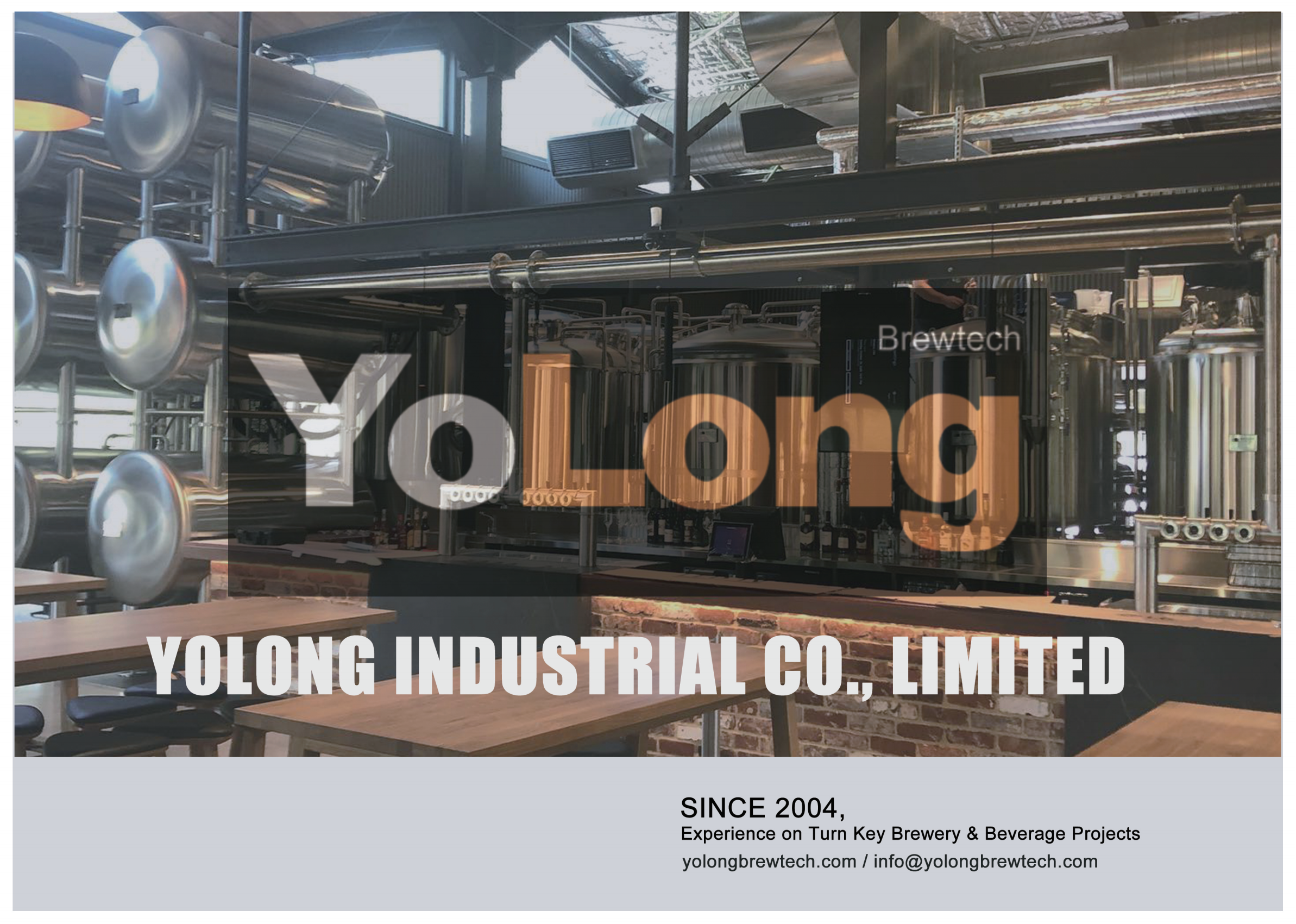How to Start a Microbrewery Step-by-Step
Research the Craft Beer Market
Alright, before we get our hands sticky with malt and hops, let’s start where every successful business does: research. Craft beer isn’t just a weekend hobby anymore—it’s a booming industry. As of 2024, the global craft beer market is valued at over $130 billion and expected to grow steadily. People want variety, authenticity, and bold flavors. That’s your niche.
But, here’s the thing: not every town or city is thirsty for more beer. Some regions are already saturated with microbreweries, while others are just getting into the craft scene. You need to dive into the demographics of your area. Are people into pale ales, lagers, IPAs, or sour beers? What are the average prices at local taprooms? Are there any dominant players hogging the spotlight?
Use tools like Untappd, Google Trends, and market reports from the Brewers Association. Go to beer festivals, attend tap takeovers, talk to brewers. Learn what the people want, what they complain about, and what’s missing. Your microbrewery needs to fill a gap, not become another pint in the crowd.
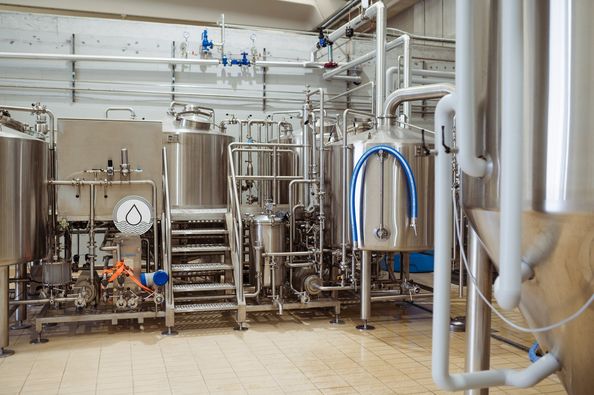
Create a Business Plan for Your Brewery
Now let’s talk strategy. A business plan is your beer bible. It keeps you focused when the fermentation tanks get foamy, and investors will take you seriously because of it.
Start with your mission statement. Why are you brewing beer? What do you stand for? Are you all about bold, experimental brews or reviving traditional recipes? Then comes the market analysis (which you’ve already started above).
Break down your target market. Are you appealing to local college students, seasoned beer connoisseurs, or suburban families with a taste for weekend tasting rooms?
Next, tackle your financial plan. Include projected startup costs, equipment pricing, rent, salaries, licensing fees, and of course, a generous buffer for unexpected issues (because they will happen).
Also include marketing strategies, your product lineup, and a distribution plan. Will you focus on a cozy taproom experience, distribute to local bars, or go big with retail cans? Your plan should read like a story that gets investors and partners excited to be part of it.
Choose a Location for Your Microbrewery
Finding the perfect spot for your brewery is like picking the right yeast: it can make or break the whole batch. You need a location that balances visibility, foot traffic, and functionality.
Urban areas are great for visibility and walk-ins, but they come with higher rent and zoning challenges. Rural or industrial zones might be cheaper and more flexible, but marketing and access could be tougher. Think about access to water, electricity, and space for tanks and storage. You’ll need ventilation, room for tasting areas, and potential for future expansion.
Don’t forget about zoning laws. Some cities are friendlier to breweries, especially if they see it as part of economic development. Others? Not so much. It helps to get in early with city planners and make your case.
Handle Legal Requirements for a Microbrewery
| Requirement Type | Description | Estimated Cost Range | Agencies Involved |
|---|---|---|---|
| Federal Brewing Permit | Mandatory license through TTB (Alcohol and Tobacco Tax and Trade Bureau) | Free, but lengthy process | TTB (U.S. Federal) |
| State Alcohol License | State-level license for producing and selling alcohol | $300 – $10,000 annually | Varies by state |
| Business License | Basic operating license required for any commercial activity | $50 – $400 | Local city/county office |
| Seller’s Permit | Needed for collecting sales tax | Free or low-cost | State Revenue Department |
| Health & Safety Inspections | Sanitation, employee hygiene, and facility cleanliness | Varies; required annually | Local Health Department |
| Environmental Permits | Wastewater disposal, chemical use, emissions | $200 – $1,000+ | Local Environmental or Water Authority |
| Zoning Approval | Confirmation your brewery is allowed in the chosen location | Often free with application | City Planning Office |
Getting legal is like brewing: patience, precision, and paperwork. You have to register with the TTB (Alcohol and Tobacco Tax and Trade Bureau) before you even think about selling beer. That can take 3-6 months. Simultaneously, file for state permits. Each state has different quirks, so work with a lawyer who knows booze laws.
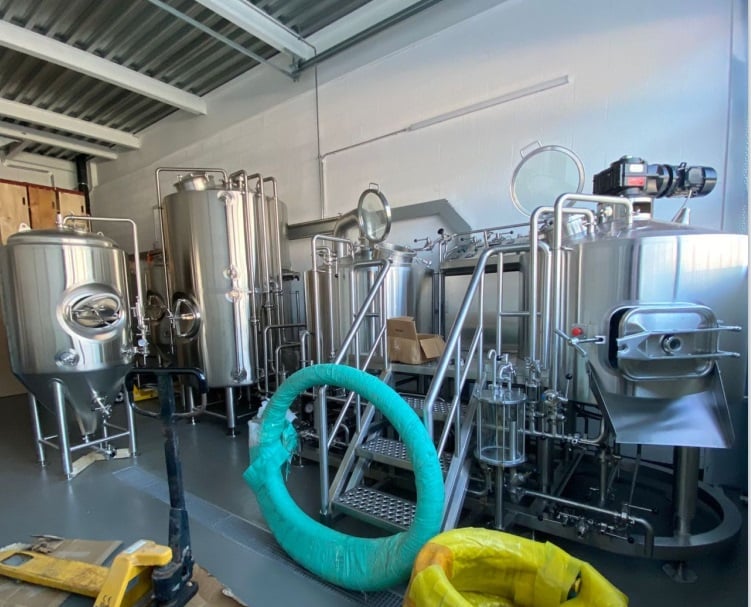
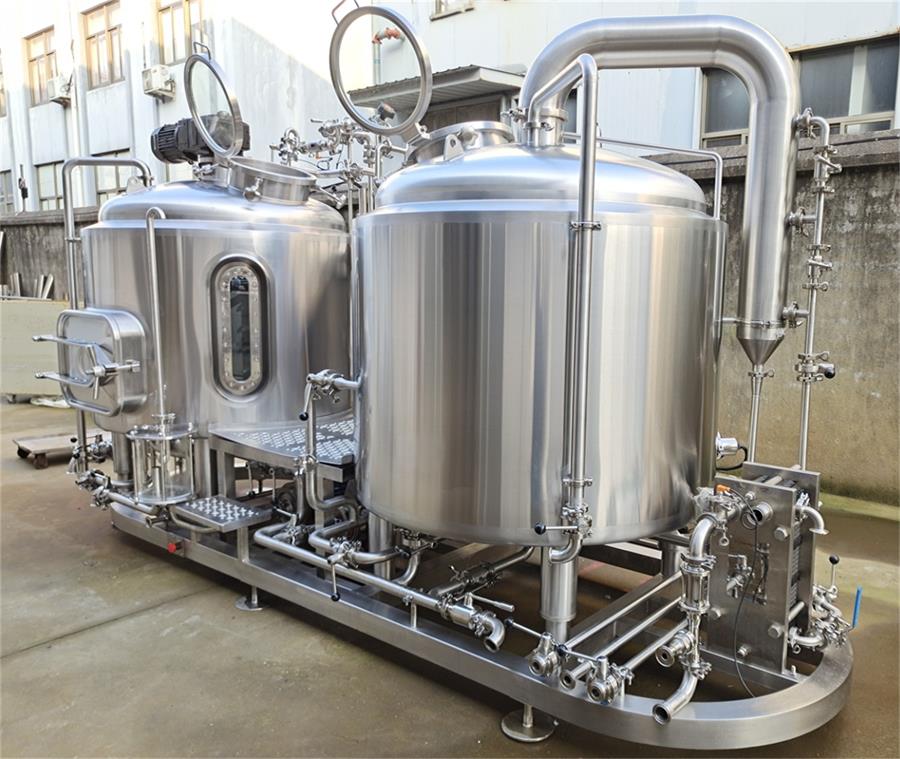
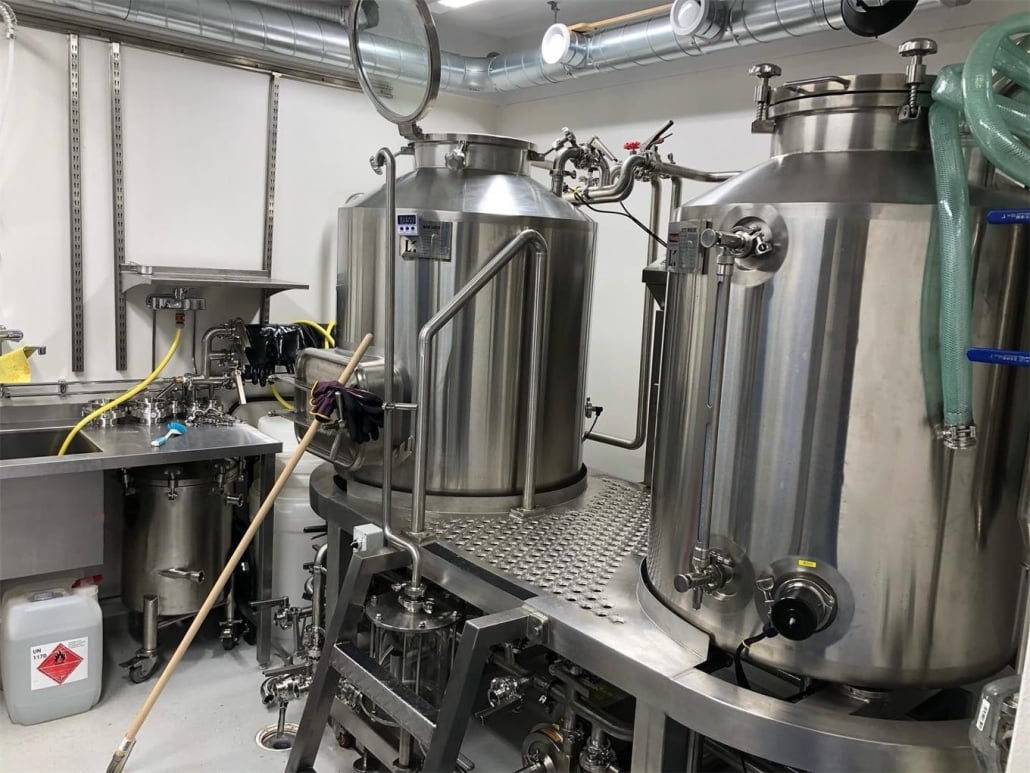
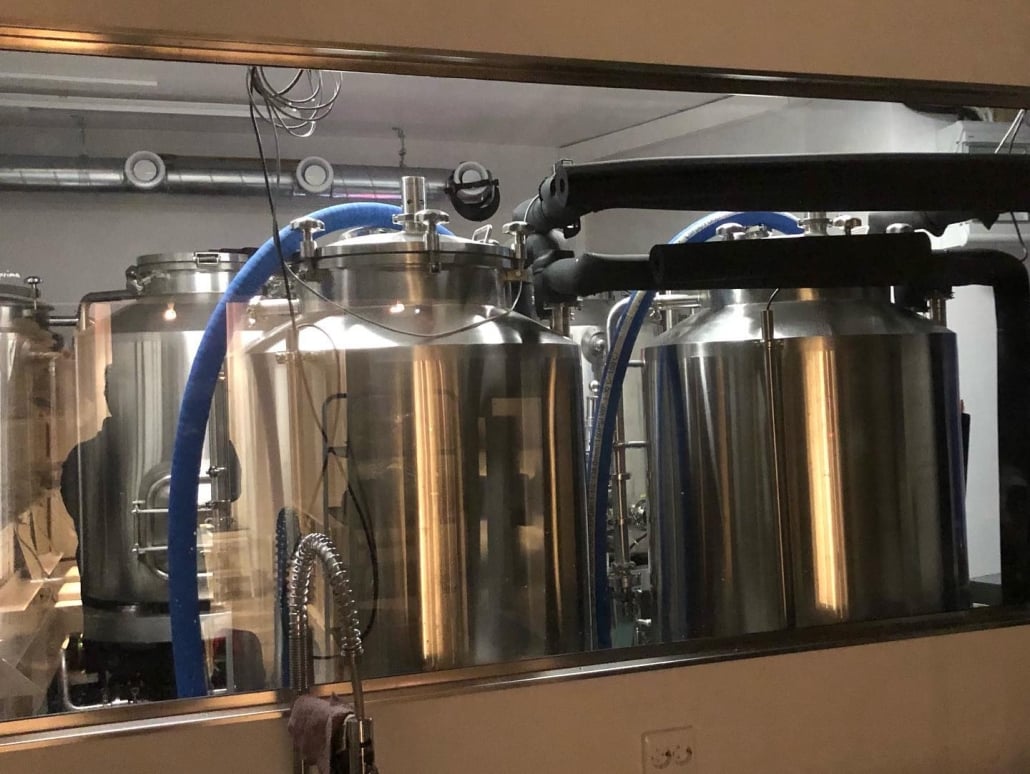


Get Equipment & Ingredients for Brewing Beer
This is the fun part (and where most of your startup costs go). Your equipment determines how much beer you can make, how consistent your product is, and how scalable your business becomes.
Let’s compare brewing system sizes:
| System Size (BBL) | Output per Batch (Gallons) | Ideal For | Estimated Cost | Footprint Needed |
|---|---|---|---|---|
| 1-3 BBL | 31-93 gallons | Nano/Micro, small taproom | $10,000 – $50,000 | ~300-500 sq ft |
| 5-10 BBL | 155-310 gallons | Mid-size microbrewery | $50,000 – $150,000 | ~1,000-2,000 sq ft |
| 15+ BBL | 465+ gallons | Production-scale brewery | $150,000+ | 3,000+ sq ft |
You’ll also need fermenters, brite tanks, glycol chillers, kegs, bottling/canning equipment, a grain mill, cleaning systems, and quality control tools. Some brewers buy used equipment to save money, but that can be risky if you don’t know what you’re looking for.
As for ingredients, your main players are malt, hops, yeast, and water. But every great brewer has a few secret ingredients too—maybe it’s fresh fruit, coffee beans, or even bacon. (Yes, bacon beer is real.)
Hire the Right Team for a Microbrewery
Even the most passionate brewer can’t do it all. You need a squad. Think of your team like the ingredients in a beer. The brewer is the malt—the foundation. Your sales and marketing folks are the hops—they give it the zing. And your taproom staff? They’re the yeast. They bring everything to life.
Hire people who love beer, but also know business. A head brewer with technical skill is a must. An operations manager can help streamline processes. Sales reps will get your bottles and kegs into stores and bars.
Training matters too. Even a small team should know about beer styles, how to describe flavor profiles, and how to make customers feel welcome.
Start Brewing & Testing Your Beers
Alright, now we’re cookin’—or rather, mashing in. Start with pilot batches. Experiment. Try out styles your local competitors haven’t touched. Test them in your taproom or with friends. Collect feedback like it’s gold, because it is.
Record everything: fermentation temps, times, hop schedules, malt percentages. Consistency is what separates garage brewers from professionals. Use software like BeerSmith or Brewfather to keep track.
Also, invest in lab testing. It might sound overkill for a startup, but knowing your beer’s ABV, pH, and contamination risks keeps your product safe and your customers happy.
Branding & Marketing Your Microbrewery
You could brew the best beer in town, but if nobody knows about it, it’s just fancy dishwater. Branding is your voice. It’s the story you tell and the vibe people feel when they walk into your taproom or scroll through your Instagram.
Start with a memorable name and logo. Keep it simple, catchy, and relevant to your theme or locale. Are you a coastal brewery with nautical vibes or a gothic, medieval brewpub?
Develop a website with strong SEO for local terms like “[Your City] craft brewery” or “best IPA near me”. Use tools like SEMrush or Ahrefs to research.
Then build out your social media presence. Share behind-the-scenes brewing, new releases, staff features, and event promotions. Consider influencer collaborations, live beer tastings, and community involvement (like partnering with local farms or charities).
Email marketing and loyalty programs are underrated but powerful. Everyone loves getting freebies, especially beer lovers.

FAQ
| Question | Answer |
|---|---|
| How much does it cost to start a microbrewery? | Typically between $250,000 to $1 million, depending on size, location, and equipment. |
| How long does it take to start a microbrewery? | On average, 9 to 18 months from planning to opening day. |
| Do I need brewing experience? | It’s not required, but having a head brewer with experience is essential. |
| Can I sell food in my brewery? | Yes, but you’ll need separate licenses and health inspections. Some pair with food trucks. |
| What’s the profit margin on craft beer? | Gross margins are around 50-70%, but net profits vary based on scale and overhead. |
| Is it better to can, bottle, or just keg my beer? | Kegs are cheapest for local use. Cans are trendy and portable. Bottles are seen as premium but costly. |
| How can I attract customers to my brewery? | Host events, offer seasonal brews, engage on social media, and build community partnerships. |
Share this entry
Interested in learning more about Brewing Systems including additional details and pricing information? Please use the form below to contact us!
YOLONG BREWERY EQUIPMENT FAQS
- Commercial Brewery / Craft Brewery / Microbrewery / Nanobrewery
- What is The Difference Between Craft Beer and Industrial Beer?
- The Bespoke Differences In Custom Brewing Systems
- Everything You Need to Know About Kettle Souring
- How to Choose Brewing Equipment for Your business?
- How To Choose The-Best Partner To Build Your Commercial Microbrewing System?
- Two Detection Sensors That You Need To Use In Your Brewhouse System
- Remote Control Applications in Brewing Equipment/How does it work?
- How To Clean Your Brand New Brewery Tanks?

